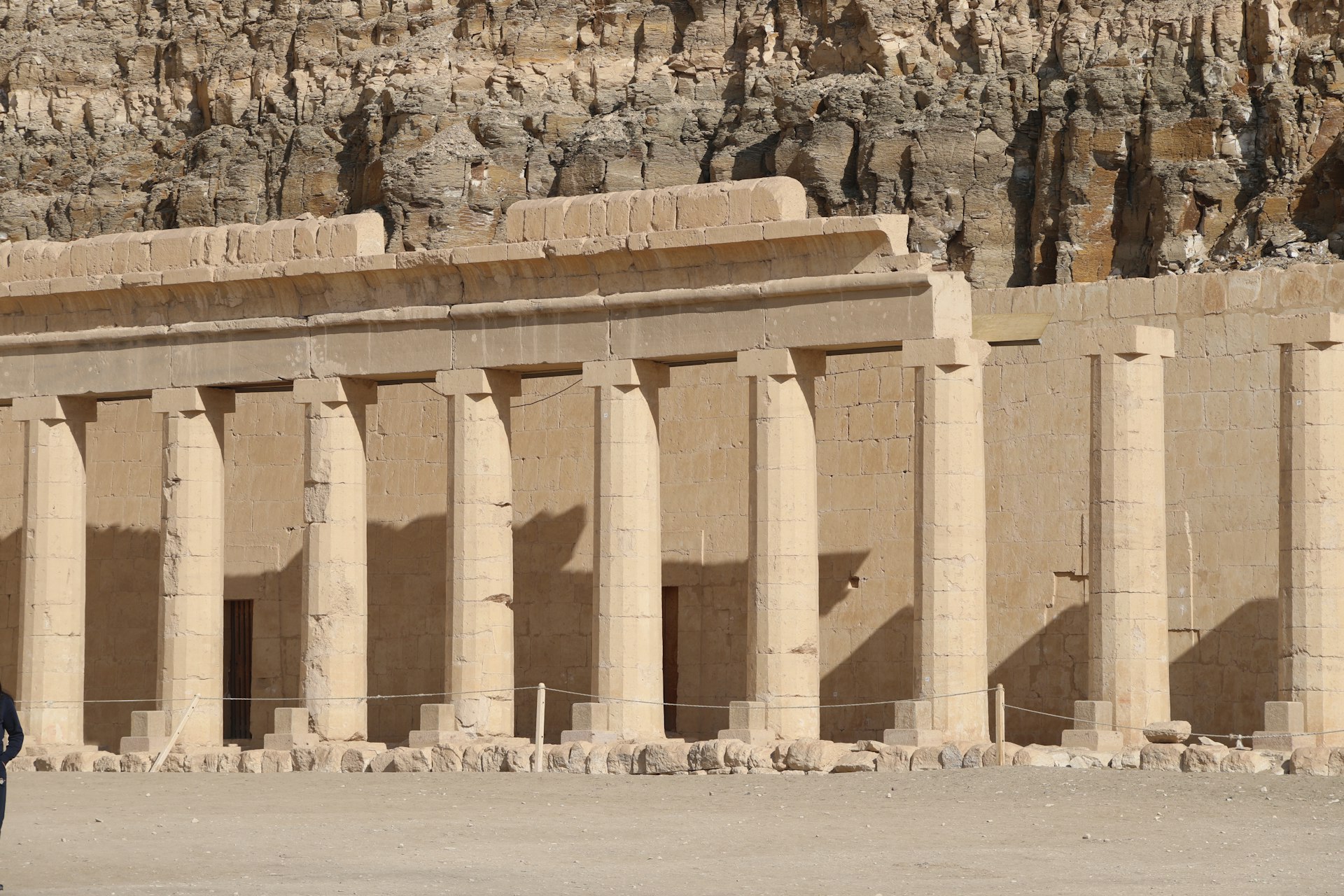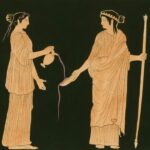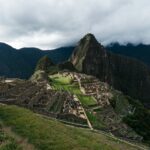How Ancient Civilizations Continue to Shape Modern Society


Photo by Mahmoud Refaat on Unsplash
Introduction
Ancient civilizations have left profound legacies that continue to influence contemporary society. Their contributions span governance, science, architecture, agriculture, and social organization, providing blueprints for much of what we value and practice today. This article examines the enduring impact of several major ancient societies and provides practical guidance for leveraging their legacies in education, urban development, and personal growth.
Political Innovation and Governance
Democracy and Law The political systems of the Ancient Greeks and Romans have evolved into the foundations of modern governance. The Greeks introduced democracy in Athens during the 5th century BCE, emphasizing majority rule, citizen participation, and equality before the law. These principles underpin today’s free societies and political structures. [1]
The Romans contributed the idea of a senate (from the Latin ‘senatus’), which has directly shaped legislative bodies in many countries, including the United States. Elements of Roman law remain present in current legal systems, especially in civil law traditions. [1]
How to Access Resources To learn more about the roots of modern governance, you can seek out university courses in political science and history, or explore open educational resources from accredited institutions. The Library of Congress and your local public library are excellent places to start for primary sources and scholarly analysis. Many universities offer free online modules about ancient political systems-search for ‘ancient democracy course’ or ‘Roman law online lecture.’

Photo by Francesco Ungaro on Unsplash
Scientific and Mathematical Achievements
Mathematics and Astronomy Ancient Egypt pioneered mathematics and geometry, developing a decimal system, using fractions, and applying geometry to construction and taxation. Their calendar system, based on the cycles of the Nile, consisted of 12 months with 30 days each-forming the basis for the modern 365-day calendar. [1]
The Greeks made foundational advances in mathematics, with figures like Pythagoras, Euclid, and Archimedes whose principles are still taught today. Their scientific method and philosophical inquiry continue to inform contemporary research and ethical frameworks. [1]
The Mayans developed a sophisticated calendar and an advanced writing system. Their astronomical observations are remarkably close to modern calculations. [1]
Implementation Steps You can access mathematical and scientific resources inspired by ancient civilizations by visiting museum exhibits (such as the Smithsonian National Museum of Natural History), enrolling in educational workshops, or searching for ‘ancient mathematics online courses.’ For astronomy, many observatories and science centers offer public lectures and interactive programs.
Architecture, Urban Planning, and Engineering
Architectural Marvels Egyptians introduced stone architecture and the arch, as exemplified by the Pyramids of Giza. Their construction techniques are studied in engineering and architecture programs worldwide. [1]
The Indus Valley Civilization’s urban design included grid-based city layouts and advanced drainage systems, influencing modern city planning. [3]
Roman innovations in roads, aqueducts, and public spaces continue to serve as models for infrastructure development.
Actionable Guidance To explore these legacies, you can attend architecture seminars, participate in guided city tours focusing on ancient influences, or enroll in urban planning workshops. Many reputable websites and professional organizations, such as the American Institute of Architects, offer resources and webinars on historical architectural techniques.
Agriculture, Trade, and Economic Systems
Foundations of Food and Commerce Mesopotamia and Egypt developed advanced agricultural techniques, including irrigation, crop rotation, and domestication of plants and animals. [2] The Indus Valley civilization pioneered rainwater harvesting and complex irrigation systems, which are still studied and applied in sustainable agriculture today. [3]
Trade networks established by the Indus Valley, Sumerians, and Phoenicians facilitated the exchange of goods, ideas, and technologies, laying the groundwork for today’s globalized economy. [3]
Practical Steps You can explore agricultural innovations by contacting local cooperative extensions or visiting agricultural museums. To learn about ancient trade practices, look for history podcasts, virtual museum exhibits, and university lectures on economic history. For sustainable agriculture techniques, search for ‘ancient irrigation methods training’ or ‘rainwater harvesting workshop.’
Social Organization and Cultural Practices
Social Stratification and Specialization Mesopotamia and Egypt engineered complex social hierarchies, with specialized roles in governance, religion, and labor. These structures enabled the development of professional classes, which have evolved into today’s diverse workforce. [2]
Ancient China introduced meritocratic bureaucracy through the Imperial examination system, allowing individuals to rise in status based on knowledge and skills-a precursor to modern civil service. [3]
How to Apply These Principles Consider researching career development resources that draw on historical meritocratic principles. Government agencies, such as the U.S. Office of Personnel Management, provide guidance on civil service exams and professional specialization. Historical documentaries and open-access journals can provide insights into ancient social structures and their relevance today.
Philosophy, Arts, and Literature
Enduring Ideas and Artistic Inspiration Greek philosophers like Plato and Aristotle shaped Western philosophical thought. Their theories are foundational in ethics, metaphysics, and political philosophy. [1]
Greek and Roman literature, drama, and art remain sources of inspiration in modern genres. Their architectural styles-Doric, Ionic, and Corinthian-continue to influence building aesthetics. [1]
Accessing Resources You can engage with these legacies by visiting museums, attending theater performances, or enrolling in philosophy and literature courses. The Metropolitan Museum of Art and the Getty Museum offer extensive collections and educational programming focused on ancient art and literature. For philosophy, search for ‘online philosophy lectures’ provided by universities or academic platforms.
Practical Pathways for Further Exploration
If you are interested in deepening your understanding or applying lessons from ancient civilizations, consider these steps:
- Contact local or national museums for information on upcoming exhibits or educational programs related to ancient history.
- Enroll in free or low-cost online courses offered by accredited institutions-search for “ancient civilizations MOOC” or “history online certificate.”
- Engage with professional organizations in architecture, agriculture, or governance for specialized workshops and resources.
- Explore open-access journals and reputable academic databases for current research and case studies.
- Seek out documentaries, podcasts, and lectures from established media outlets or university channels for accessible learning.
When looking for verified programs, always search for official agency names and use trusted education providers. Avoid relying on unofficial websites or unverified sources.
Challenges and Alternatives
While many resources and programs are available, access may vary by location and institution. If direct enrollment is not feasible, consider public libraries, community colleges, and reputable online platforms that offer free educational materials. Always confirm the credibility of any organization before committing time or resources.
Key Takeaways
Ancient civilizations have provided the foundations for much of modern society. Their legacies in governance, science, architecture, agriculture, and social organization continue to shape our world. By seeking out verified educational and professional resources, you can learn from and apply these enduring principles in your personal, academic, or professional journey.






